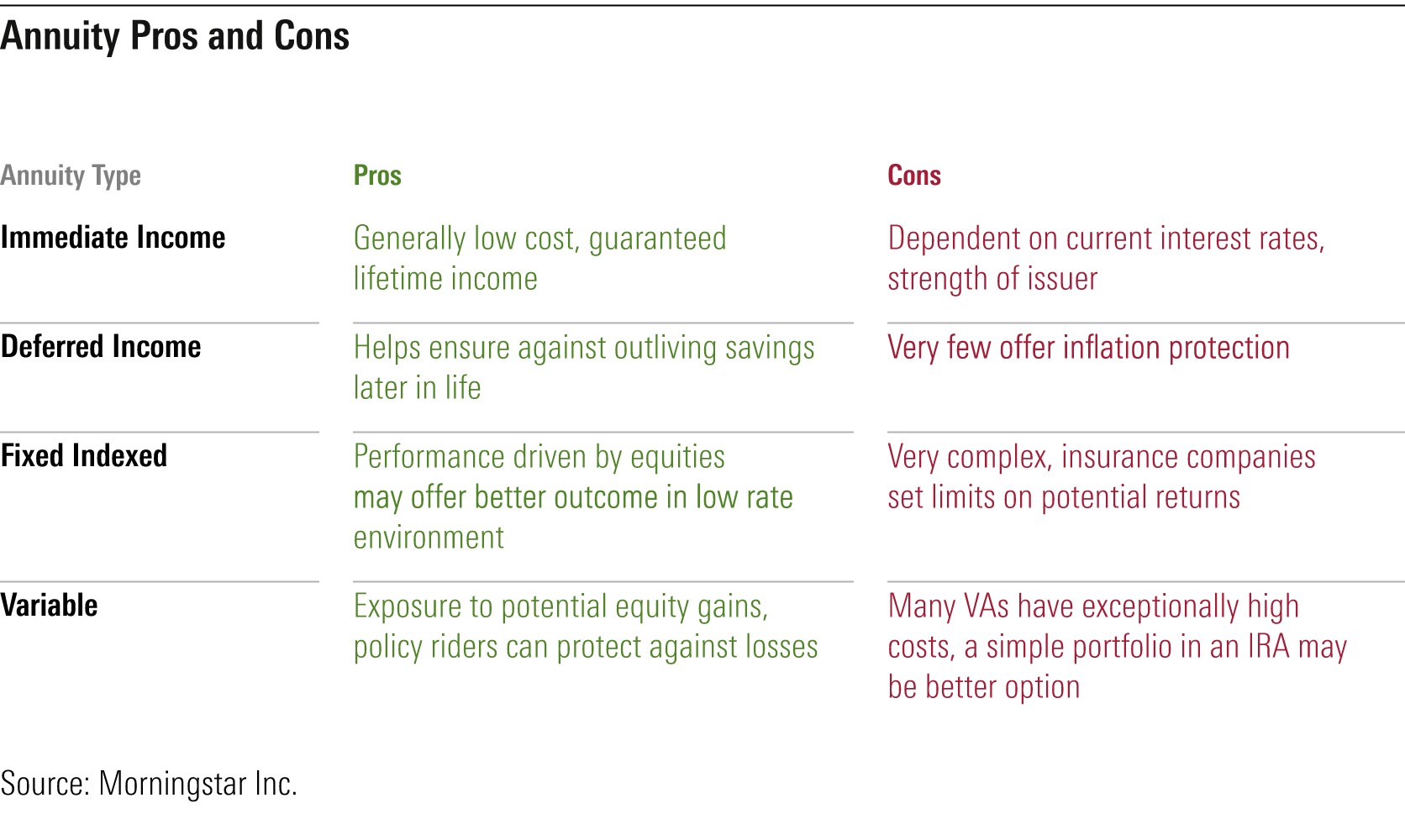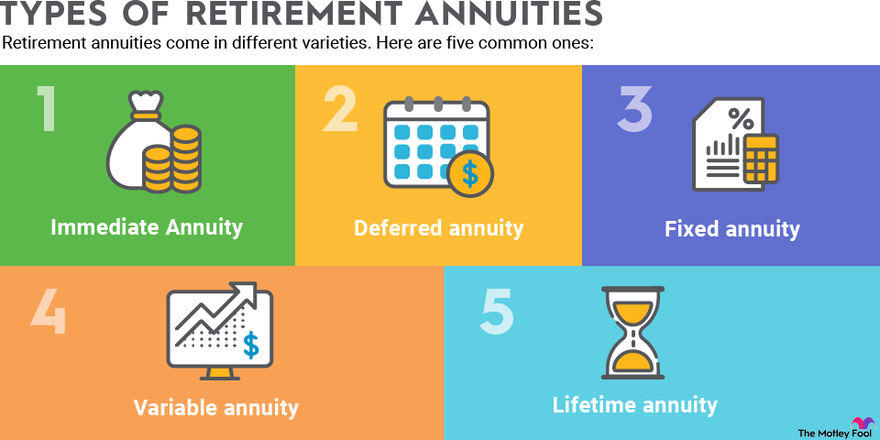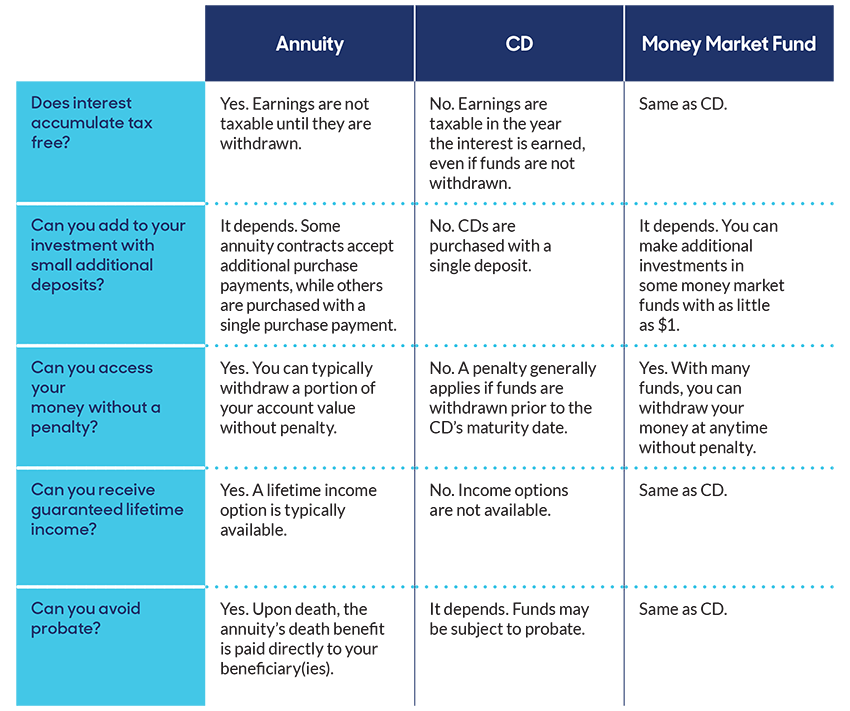All Categories
Featured
Table of Contents
Equally as with a repaired annuity, the owner of a variable annuity pays an insurance coverage firm a round figure or collection of settlements for the assurance of a collection of future repayments in return. However as pointed out over, while a taken care of annuity grows at an ensured, consistent rate, a variable annuity grows at a variable rate that depends upon the efficiency of the underlying investments, called sub-accounts.

Throughout the accumulation phase, assets bought variable annuity sub-accounts expand on a tax-deferred basis and are strained just when the agreement proprietor withdraws those incomes from the account. After the buildup stage comes the earnings phase. In time, variable annuity assets must in theory increase in value until the agreement owner chooses she or he want to begin taking out cash from the account.
One of the most considerable issue that variable annuities normally existing is high price. Variable annuities have a number of layers of costs and costs that can, in aggregate, create a drag of approximately 3-4% of the contract's worth annually. Below are the most usual costs connected with variable annuities. This expense makes up the insurance company for the danger that it assumes under the terms of the contract.
Exploring Annuities Variable Vs Fixed A Comprehensive Guide to Investment Choices What Is Fixed Vs Variable Annuity? Features of Fixed Vs Variable Annuities Why Choosing the Right Financial Strategy Can Impact Your Future How to Compare Different Investment Plans: Explained in Detail Key Differences Between Different Financial Strategies Understanding the Risks of Fixed Vs Variable Annuity Pros Cons Who Should Consider Immediate Fixed Annuity Vs Variable Annuity? Tips for Choosing Fixed Annuity Vs Equity-linked Variable Annuity FAQs About Tax Benefits Of Fixed Vs Variable Annuities Common Mistakes to Avoid When Choosing Variable Annuity Vs Fixed Annuity Financial Planning Simplified: Understanding What Is Variable Annuity Vs Fixed Annuity A Beginner’s Guide to Fixed Annuity Or Variable Annuity A Closer Look at How to Build a Retirement Plan
M&E cost costs are calculated as a portion of the agreement worth Annuity companies hand down recordkeeping and various other administrative prices to the contract proprietor. This can be in the form of a level yearly cost or a percent of the agreement value. Administrative fees might be included as component of the M&E threat fee or might be assessed independently.
These costs can range from 0.1% for passive funds to 1.5% or more for actively handled funds. Annuity agreements can be tailored in a variety of methods to serve the certain demands of the contract owner. Some typical variable annuity riders consist of assured minimal accumulation advantage (GMAB), guaranteed minimum withdrawal advantage (GMWB), and guaranteed minimal revenue benefit (GMIB).

Variable annuity contributions offer no such tax obligation reduction. Variable annuities tend to be very ineffective lorries for passing riches to the future generation since they do not enjoy a cost-basis modification when the original agreement proprietor dies. When the proprietor of a taxable financial investment account dies, the cost bases of the financial investments kept in the account are adapted to show the market costs of those financial investments at the time of the owner's fatality.
Exploring the Basics of Retirement Options A Comprehensive Guide to Investment Choices Defining Annuities Fixed Vs Variable Pros and Cons of Fixed Income Annuity Vs Variable Annuity Why Variable Vs Fixed Annuities Is Worth Considering How to Compare Different Investment Plans: How It Works Key Differences Between Fixed Index Annuity Vs Variable Annuity Understanding the Risks of Long-Term Investments Who Should Consider Strategic Financial Planning? Tips for Choosing Retirement Income Fixed Vs Variable Annuity FAQs About Fixed Income Annuity Vs Variable Annuity Common Mistakes to Avoid When Planning Your Retirement Financial Planning Simplified: Understanding Your Options A Beginner’s Guide to Variable Vs Fixed Annuities A Closer Look at How to Build a Retirement Plan
As a result, successors can inherit a taxed financial investment portfolio with a "clean slate" from a tax obligation viewpoint. Such is not the situation with variable annuities. Investments held within a variable annuity do not receive a cost-basis modification when the original owner of the annuity passes away. This means that any collected latent gains will be passed on to the annuity owner's beneficiaries, together with the associated tax concern.
One significant problem connected to variable annuities is the possibility for disputes of rate of interest that may feed on the part of annuity salespeople. Unlike a financial consultant, who has a fiduciary obligation to make financial investment decisions that profit the client, an insurance policy broker has no such fiduciary commitment. Annuity sales are very lucrative for the insurance coverage professionals that market them due to high ahead of time sales payments.

Lots of variable annuity contracts have language which positions a cap on the percent of gain that can be experienced by certain sub-accounts. These caps prevent the annuity proprietor from fully taking part in a part of gains that might otherwise be enjoyed in years in which markets create significant returns. From an outsider's viewpoint, it would seem that investors are trading a cap on financial investment returns for the aforementioned guaranteed flooring on investment returns.
As noted above, give up costs can severely limit an annuity proprietor's ability to relocate possessions out of an annuity in the early years of the agreement. Even more, while a lot of variable annuities enable contract owners to withdraw a defined quantity throughout the build-up stage, withdrawals yet quantity commonly cause a company-imposed fee.
Withdrawals made from a set rates of interest financial investment option might also experience a "market price modification" or MVA. An MVA changes the value of the withdrawal to show any type of adjustments in rate of interest from the moment that the money was spent in the fixed-rate option to the moment that it was taken out.

Quite often, also the salespeople who market them do not completely comprehend how they function, therefore salesmen often take advantage of a customer's feelings to offer variable annuities as opposed to the benefits and suitability of the products themselves. We think that financiers must fully comprehend what they possess and just how much they are paying to possess it.
Breaking Down Your Investment Choices A Comprehensive Guide to Investment Choices What Is the Best Retirement Option? Features of Fixed Vs Variable Annuities Why Fixed Annuity Vs Equity-linked Variable Annuity Can Impact Your Future Fixed Indexed Annuity Vs Market-variable Annuity: Explained in Detail Key Differences Between Variable Vs Fixed Annuities Understanding the Key Features of Long-Term Investments Who Should Consider Strategic Financial Planning? Tips for Choosing the Best Investment Strategy FAQs About Tax Benefits Of Fixed Vs Variable Annuities Common Mistakes to Avoid When Planning Your Retirement Financial Planning Simplified: Understanding Your Options A Beginner’s Guide to Annuity Fixed Vs Variable A Closer Look at How to Build a Retirement Plan
The very same can not be said for variable annuity assets held in fixed-rate financial investments. These assets legally come from the insurer and would certainly as a result go to threat if the company were to fall short. Similarly, any kind of assurances that the insurance company has consented to give, such as an assured minimum earnings advantage, would certainly be in inquiry in case of a business failure.
Potential purchasers of variable annuities must comprehend and consider the economic condition of the issuing insurance policy firm prior to entering into an annuity contract. While the benefits and disadvantages of different kinds of annuities can be discussed, the actual concern surrounding annuities is that of suitability. In other words, the question is: who should possess a variable annuity? This concern can be hard to answer, provided the myriad variants available in the variable annuity cosmos, but there are some standard standards that can aid capitalists decide whether annuities should contribute in their economic plans.
As the stating goes: "Customer beware!" This short article is prepared by Pekin Hardy Strauss, Inc. Guaranteed returns with annuities. ("Pekin Hardy," dba Pekin Hardy Strauss Wealth Administration) for educational objectives just and is not planned as an offer or solicitation for organization. The details and information in this post does not constitute lawful, tax obligation, bookkeeping, investment, or other professional suggestions
Table of Contents
Latest Posts
Exploring Tax Benefits Of Fixed Vs Variable Annuities A Closer Look at How Retirement Planning Works Breaking Down the Basics of Variable Annuities Vs Fixed Annuities Pros and Cons of Various Financia
Highlighting Indexed Annuity Vs Fixed Annuity Key Insights on Your Financial Future What Is Variable Annuity Vs Fixed Annuity? Advantages and Disadvantages of Variable Annuity Vs Fixed Annuity Why Cho
Highlighting Retirement Income Fixed Vs Variable Annuity A Comprehensive Guide to Investment Choices Breaking Down the Basics of Annuity Fixed Vs Variable Advantages and Disadvantages of Different Ret
More
Latest Posts